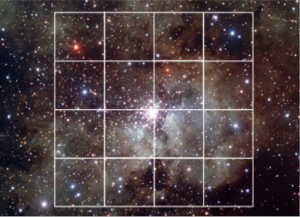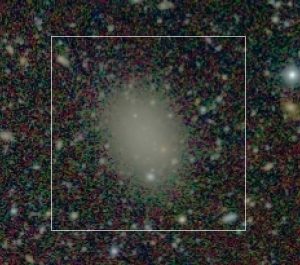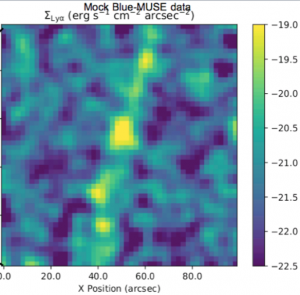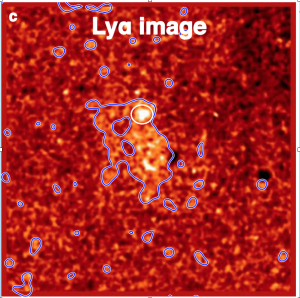An overview of the science cases is presented in the BlueMUSE White paper, available here for download.
BlueMUSE opens up a new range of galactic and extragalactic science cases allowed by its specific capabilities. The science cases highlighted below are unique to BlueMUSE and make the best use of its exceptional performance in the blue. They, however, only scratch the surface of the diversity of science programs which can benefit from it. BlueMUSE will have, as MUSE, a broad impact touching many different fields of astrophysics. In addition BlueMUSE has a great potential for serendipitous discoveries.
-
- survey massive stars in our galaxy and the Local Group, increasing by >100× the known population of massive stars, to answer key questions about their evolution, test the hypothesis of massive Population III stars, search for spectroscopic binaries as progenitors for gravitational black-hole binaries and map the chemical abundance in galaxies in relation to their environment.
-
- study the morphology of comets, including the origin of chemical elements and the properties of their nuclei.
-
- study ionised nebulae and their light element abundances
-
- study physical conditions in extreme starburst galaxies, and quantify the interplay between the populations of massive stars and their surroundings.
-
- analyse the populations of low surface brightness (LSB) and Ultra Diffuse (UD) galaxies, probe their kinematics and characterize their star formation, dust properties, and metals through emission line mapping.
-
- study of star formation and the fate of stripped gas in high density environments (groups and clusters)
-
- Explore gas flows around and between galaxies. MUSE has started to detect the CircumGalactic Medium (CGM) in emission and absorption, but BlueMUSE will completely revolutionise this topic by providing the first detection of Intergalactic Medium (IGM) gas emission in between galaxies. Thanks to surface brightness enhancement between z=3 and z=2, it will be possible to study with more details the gas properties in the CGM and its evolution at a time where the Cosmic Star Formation rate reaches its peak.
-
- The redshift window covered by BlueMUSE will be optimal to measure Lyman Continuum (LyC, λ < 912 Å) emission together with the Lyman-apha line in individual galaxies, thanks to the low IGM attenuation. This will be important to study the amount of ionizing radiation which escape from galaxies as a function of their main properties, thus unveiling the nature of possible sources of reionization.
-
- By combining the power of BlueMUSE with the magnification effect of massive lensing clusters, it will be possible to push down the faintest limits of the luminosity function and study the spectroscopic properties of Lyman-alpha haloes at sub-kpc scales.
- BlueMUSE will allow the identification and characterization of Lyman-alpha nebulae in galaxy clusters at 1.87 < z < 3, with crucial insights into cold accretion onto the most massive early structures.





